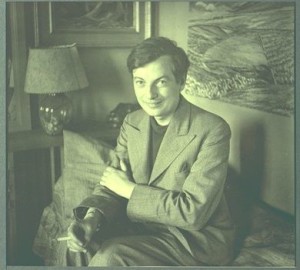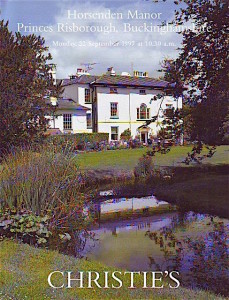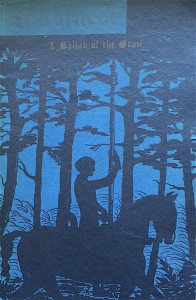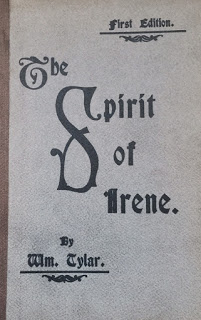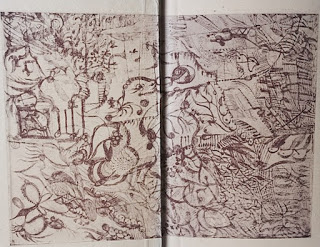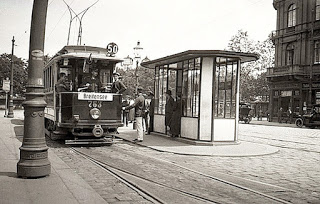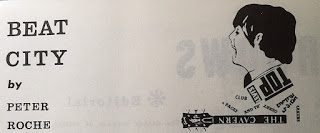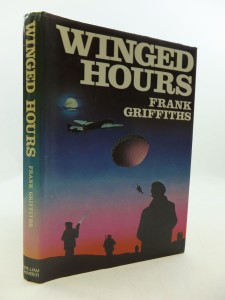 Found loosely inserted in his book Winged Hours this account by Group Captain F.C. “Griff” Griffiths (1913-1996) of his time in France with the Maquis and his attempts after the war to trace members of the French Resistance who had helped him escape. In April 1943, Frank Griffiths, then a Squadron Leader, was posted to No. 138 Special Duty Squadron to take part in SOE ‘drops’ taking men and supplies to resistance organisations in occupied Europe. On the night of the 14/15 August 1943 his Halifax aircraft serial JD180 was brought down when flying low over Annecy (near the French/Swiss border) by small arms fire from an Italian Alpini corporal. He was one of two survivors and escaped his Italian captors and was subsequently sheltered by the Maquis and eventually escaped over the border to Switzerland, returning to England around Christmas 1943. The problem with tracing his brave saviours after the war was that none of them had used their real names…
Found loosely inserted in his book Winged Hours this account by Group Captain F.C. “Griff” Griffiths (1913-1996) of his time in France with the Maquis and his attempts after the war to trace members of the French Resistance who had helped him escape. In April 1943, Frank Griffiths, then a Squadron Leader, was posted to No. 138 Special Duty Squadron to take part in SOE ‘drops’ taking men and supplies to resistance organisations in occupied Europe. On the night of the 14/15 August 1943 his Halifax aircraft serial JD180 was brought down when flying low over Annecy (near the French/Swiss border) by small arms fire from an Italian Alpini corporal. He was one of two survivors and escaped his Italian captors and was subsequently sheltered by the Maquis and eventually escaped over the border to Switzerland, returning to England around Christmas 1943. The problem with tracing his brave saviours after the war was that none of them had used their real names…
PYRENEAN PICNIC
One of the sad things about Escaping/Evading experiences is that to protect our helpers we did not wish to know their real names or to remember addresses. We thus failed to make contact with many of them after the war.
For over 43 years I endeavoured to trace a helper with whom I had formed a strong rapport. All I knew of him was that his name was “Antoine” (obviously a nom de guerre) and that his French was difficult to understand because he was a Catalan.

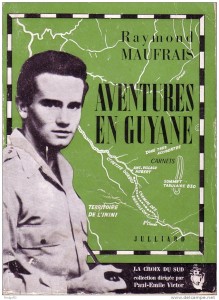
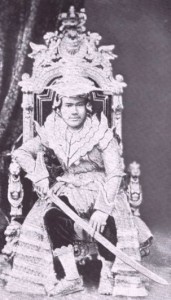 Thibaw Min (sometimes
Thibaw Min (sometimes 